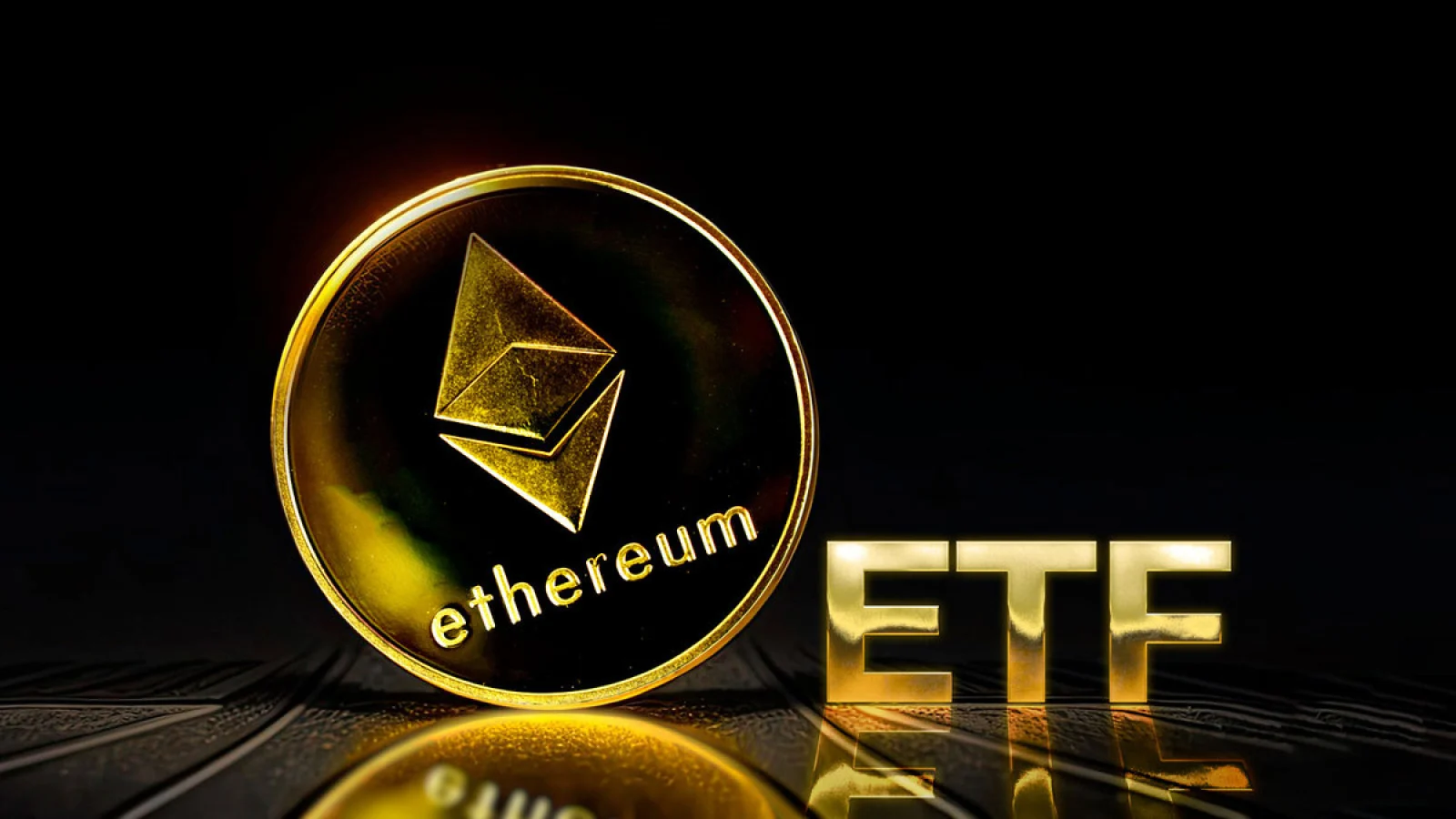Ethereum (ETH) has seen a significant increase in futures open interest, reaching a 19-month high, even as the price of ETH has faced notable weakness. From July 31 to August 2, Ethereum experienced a 10% correction, dropping to the $3,000 support level for the first time since July 8. This decline outpaced the broader cryptocurrency market, which fell by 6.8% during the same period. Despite the price drop, the heightened activity in ETH futures suggests that traders are actively positioning themselves, although this does not necessarily indicate a bullish trend.
Rising Futures Open Interest: A Mixed Signal
The increase in ETH futures open interest indicates growing demand for leverage, often a sign of institutional interest. However, it does not inherently suggest a bullish market sentiment. Open interest simply reflects the total number of outstanding futures contracts, with buyers and sellers always matched. Therefore, an uptick in open interest could represent both bullish and bearish positions.
Ether’s recent decline can partly be attributed to the lack of net inflows into new Ether exchange-traded funds (ETFs) in the United States. While some inflows were observed, notably into BlackRock’s iShares Ethereum Trust and the Fidelity Ethereum Fund, they were offset by outflows from the Grayscale Ethereum Trust. The sell-off below $3,000 led to $141 million in leveraged long liquidations within 48 hours, exacerbating the price decline. Nevertheless, the aggregate open interest in Ether futures rose by 5% over the past week, reaching 4.6 million ETH, the highest level since January 2023.
Futures Premium and Retail Demand Indicators
To gauge the market’s sentiment and leverage demand, one can examine the pricing of ETH futures monthly contracts relative to spot exchanges. Typically, in a neutral market, these futures should trade at a 5% to 10% annualized premium to account for the longer settlement period. A premium below this range could indicate a bearish outlook. Prior to the spot ETF launch on July 23, Ether futures contracts showed modest optimism, with premiums reaching 12%. However, the subsequent market correction and net outflows from spot ETFs brought the premium down to 8% by August 2, a neutral level considering the recent price decline.
Retail demand for ETH leveraged longs has remained stagnant, as evidenced by the perpetual contract (inverse swap) funding rate. This rate, adjusted every eight hours, reflects the cost of leverage. In neutral markets, it ranges from zero to 0.016%, but during periods of increased optimism, it can surpass 0.025%. As of now, there has been no significant increase in the funding rate, indicating that retail traders are not heavily pursuing leveraged long positions.
